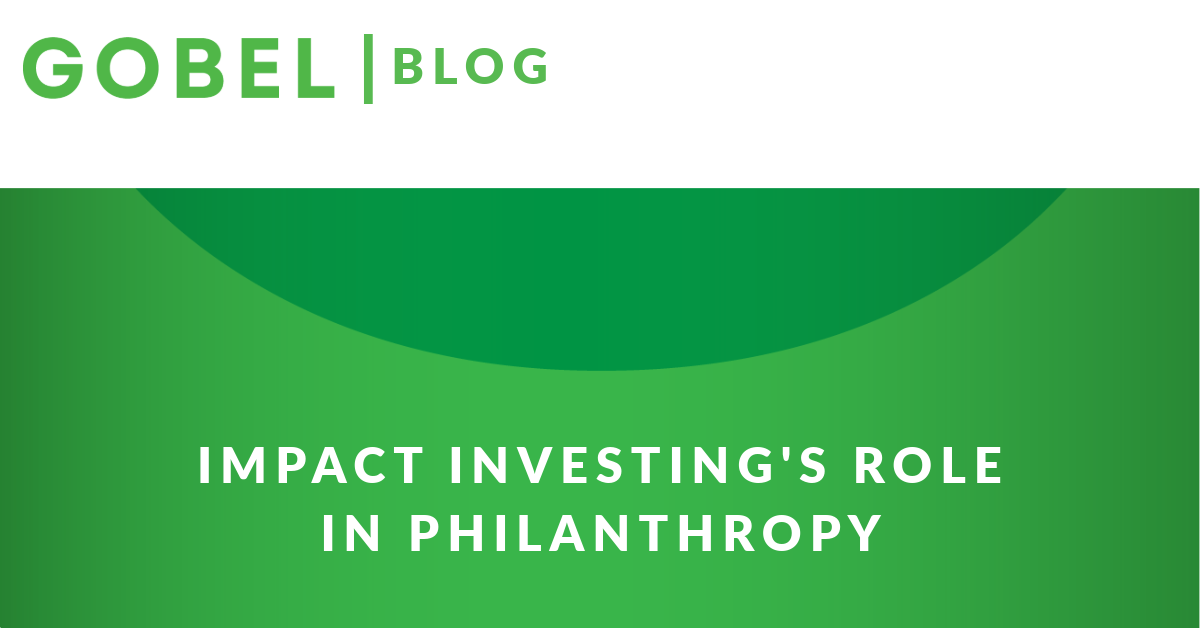
Traditionally, philanthropy was easy to define. An individual would donate cash and a not-for-profit organization would utilize those funds to support their mission, with the individual not receiving anything in return. As the ways philanthropists continue to create their wealth evolve and becomes more complex, so too do the ways these individuals wish to support not-for-profit organizations. Gifts have evolved to encompass all types of assets – cash, stock, real estate, vehicles, estates, trust accounts, and more. Philanthropic organizations have similarly transformed to accept different assets and gift types to address the more complex needs of modern organizations.
Any organization will admit, philanthropy does not cover all of their strategic needs. Healthcare organizations have revenue from patients, government funding, philanthropy, and debt in order to meet the needs of their patients. Typically there is an established divide between philanthropy and nearly all other income resources, however, impact investing asks the question, “what if your philanthropic donors offered other investment opportunities to help your organization meet its needs, but with an expectation of return?” Philanthropic professionals know that the outcome is not philanthropy when the individual receives a return, however, what role does philanthropy play in an impact investment? How can such an investment build a future philanthropic relationship? And how has impact investing from typically-philanthropic partners impacted healthcare organizations already? Let’s explore this further.
What is Impact Investing?
According to the Global Impact Investing Network, impact investment is defined as investments made with the intention to generate positive, measurable social and/or environmental impact alongside a financial return. In many cases, an impact investment can resemble a loan in that it is an infusion of capital with the expectation of a financial return on that investment. The terms can be as unique as the needs they are serving: the investor can provide an interest-free loan, a low-interest loan, long or uneven re-payment terms, etc. A discussion of some case studies of impact investing in an Association of Fundraising Professionals article illuminates that those investors are typically individuals already extremely close to your organization – existing supporters, community members, and sometimes donors. These individuals are interested in the growth and strategic vision of your organization and want to help make the vision come to fruition. And they have the capital in order to address the organization’s needs.
Impact Investing as a Cultivation Tool in The Donor Lifecycle
If an individual expresses an interest in making an impact investment, the assumption of gift officers may have traditionally been that that same individual may not be interested in philanthropy. Case studies show us this is not often the case. In fact, some of your donors may be your best prospects to approach if your institution has a strategic need which requires outside capital. As interest rates from the Federal Reserve remain high as we enter 2024, healthcare organizations may be interested in more appealing, altruistic loan options with an impact investor. Those who already support your mission are most likely to also be interested in supporting your organization through their investment budget, just as they do through their philanthropic budgets. And just as your organization would do with a financial investment from a more traditional funding source, your organization will need to bring a potential impact investor along, developing a business plan to show how the capital infusion will produce returns. This intimate look at your organization is inherently a relationship building exercise, similar to the process of cultivating a donor for a philanthropic donation. Your organization has continued opportunities to cultivate philanthropic interest as the funded project develops. Stewarding their investment and showing returns – financial and impact on your community’s health – is simply cultivation of their next philanthropic investment.
Examples in Health Care
Impact investing has already begun impacting health care organizations, from all corners of the philanthropic landscape.
- One example of impact investment within a family foundation is the Robert Wood Johnson Foundation. To promote the foundation’s goal of building a “Culture of Health,” the RWJF established a $200M impact investment pool. The foundation seeks to attract more capital for health and racial equity from co-investment partners, such as banks and insurance companies, to deepen the impact of its grantmaking and policy change efforts. By channeling capital markets, the foundation aims to bolster a durable system of community investment through intermediaries that are exclusively dedicated to delivering capital and financial services to persons with low incomes and communities of color.
- Merck & Co., a pharmaceutical company, is an example of impact investing from a corporate entity. Merck makes venture capital investments into funds and companies which share its goal of addressing health care disparities.
- Individual donors who utilize a philanthropic partner, such as the National Philanthropic Trust, are also involved in impact investing. NPT manages donor advised funds (DAFs) for philanthropic individuals and also offers impact investing as an option for DAF funds. The organization seeks long-term capital growth investment opportunities in areas impacting access to healthcare among other strategic initiatives, arguing that grantmaking alone will not solve the most complex problems facing society. With NPT’s impact investing platform, donors can amplify their impact by aligning their grants with investments that also champion solutions in these areas. NPT itself argues that impact investing is a part of philanthropy, not opposed to it.
Has your organization begun accepting impact investing opportunities? Have your donors inquired about investment opportunities to support their philanthropic priorities in a different way? If you’re looking to get started with an impact investment program, reach out to info@gobelgroup.com.
